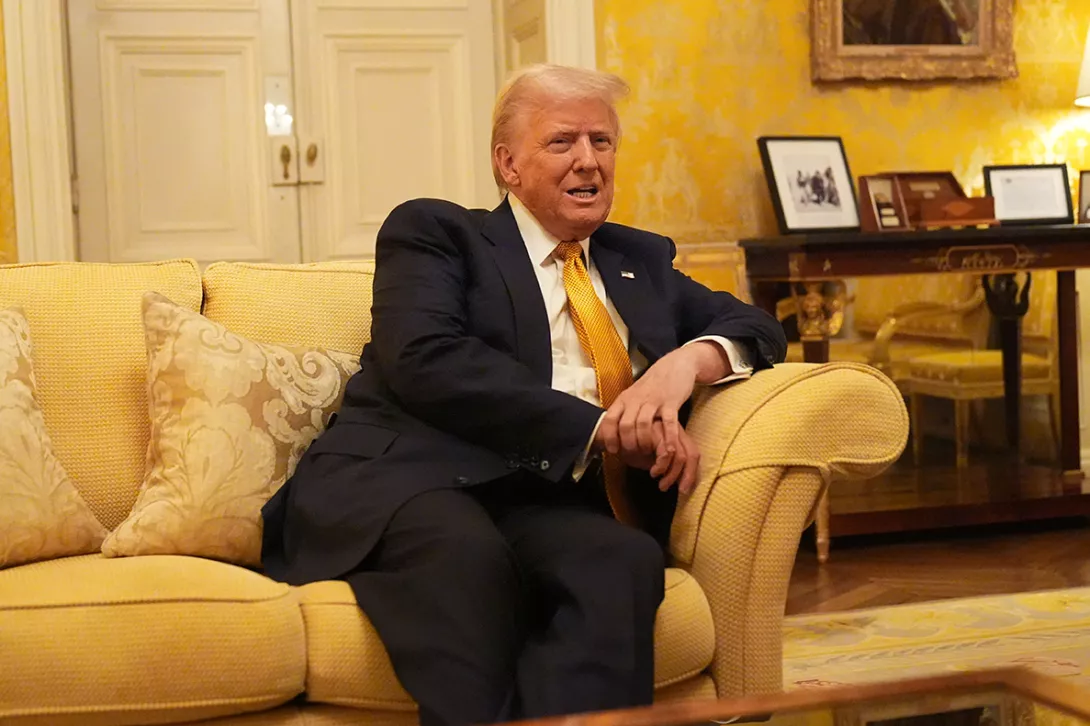Business as usual
Whenever Israel’s crimes make the headlines, they are swiftly effaced from the public narrative as military and commercial interests take precedence over justice for Palestinians, argues JENNY KASSMAN
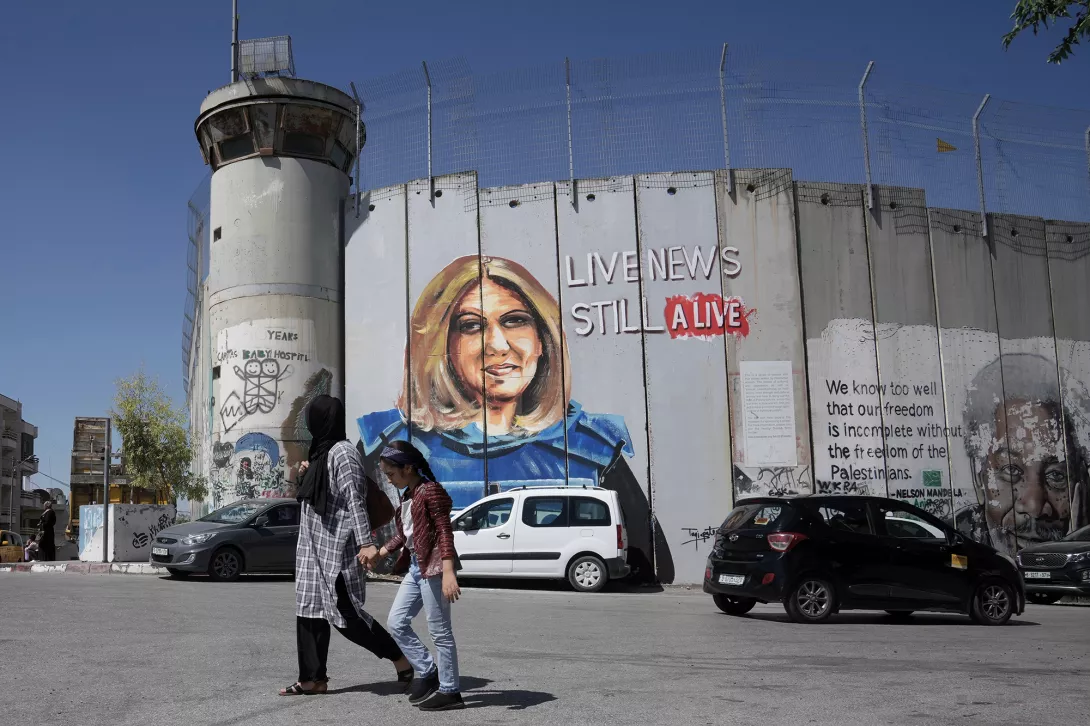
LAST WEEK marked two months since the killing of the Palestinian-US journalist Shireen Abu Akleh in Jenin refugee camp as she, together with colleagues, were covering a raid on a Palestinian house by the Israeli occupation forces.
For once, the killing of a Palestinian by an Israeli soldier in the West Bank — a territory occupied by Israel since 1967 — drew media attention, possibly because she was also a US citizen.
We also witnessed the horrifying scenes at Shireen’s funeral cortege where the Israeli police attacked mourners, including the pall bearers, almost causing her coffin to drop.
More from this author
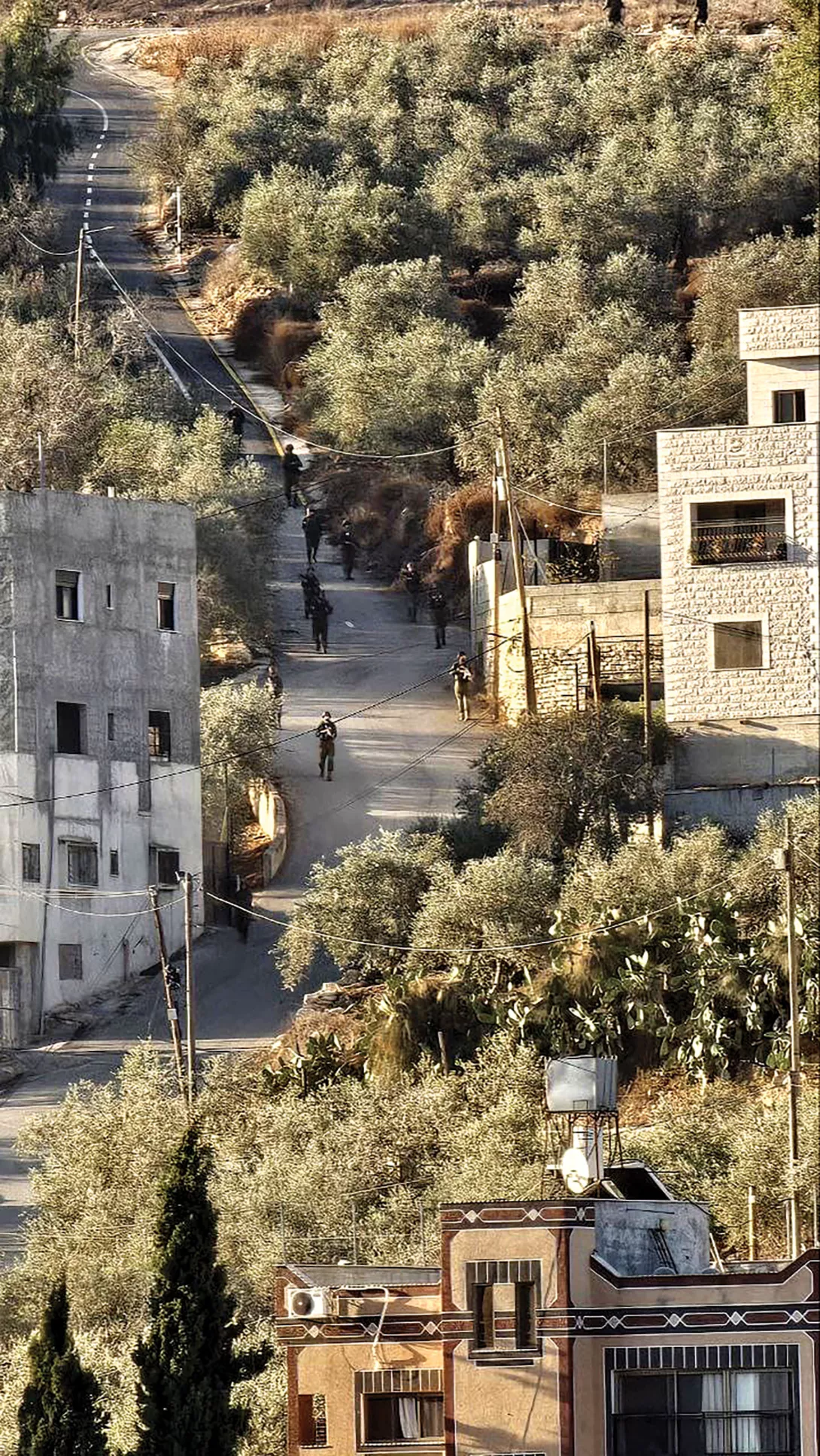
JENNY KASSMAN details how Israeli military raids, settler violence and harvest obstruction are devastating Palestinian communities during the 2024 olive harvest as the world turns a blind eye
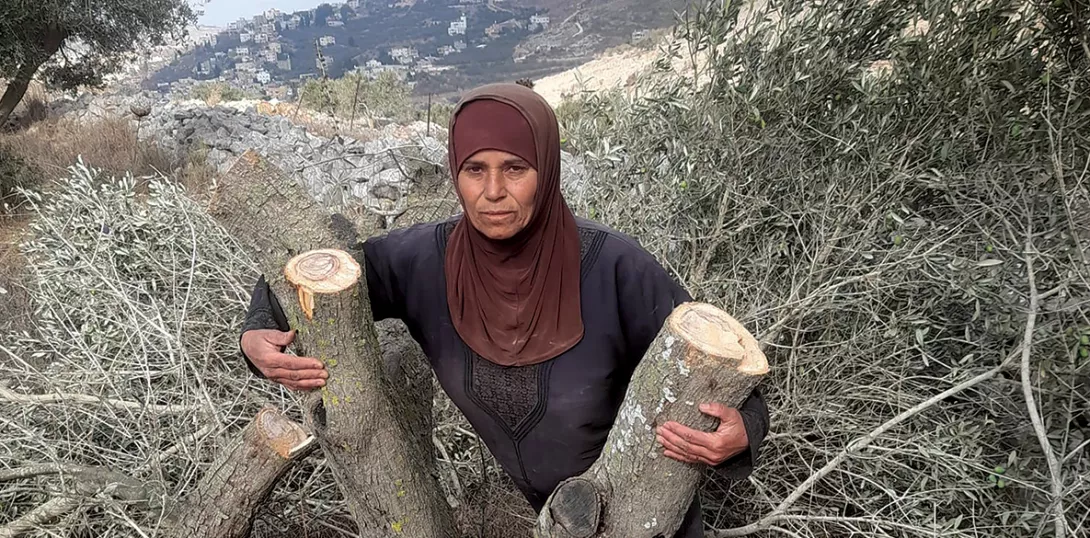
For a decade, JENNY KASSMAN has returned to the occupied West Bank to bear witness to the increasingly brutal treatment of native villagers by Israeli settlers and soldiers — without international pressure, the outlook remains bleak
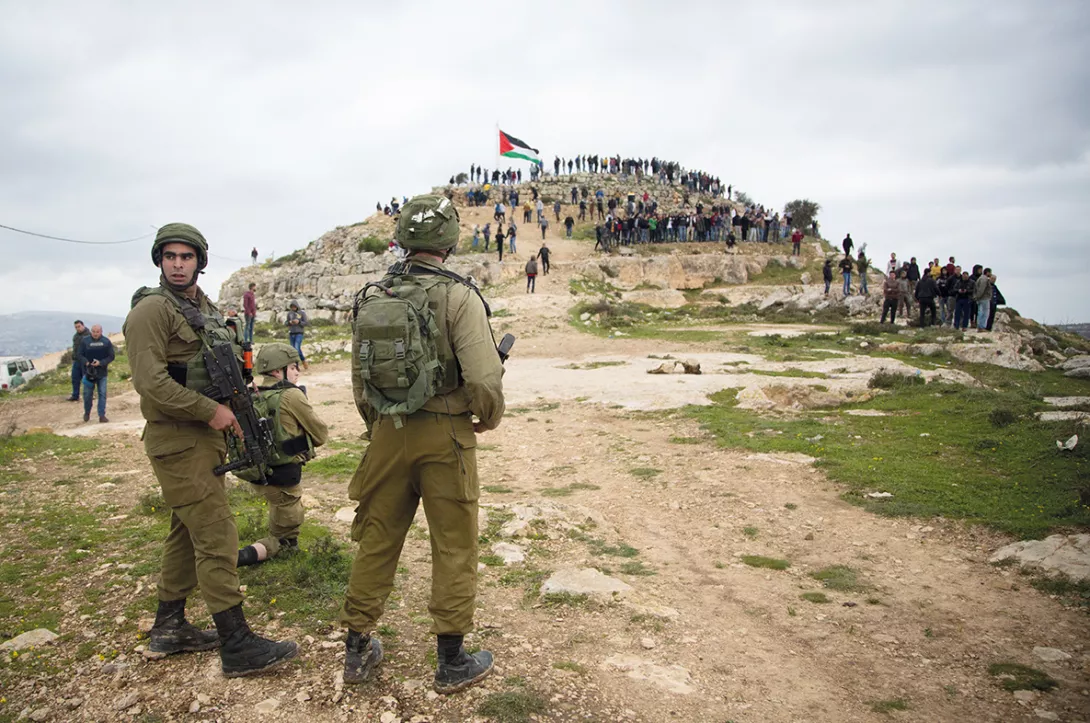
Farmers in the West Bank are cut off from their olive groves by laws to defend and extend illegal Israeli settlements – when they do go to harvest, they are attacked, sometimes by the army too. JENNY KASSMAN reports on the deteriorating situation
Similar stories
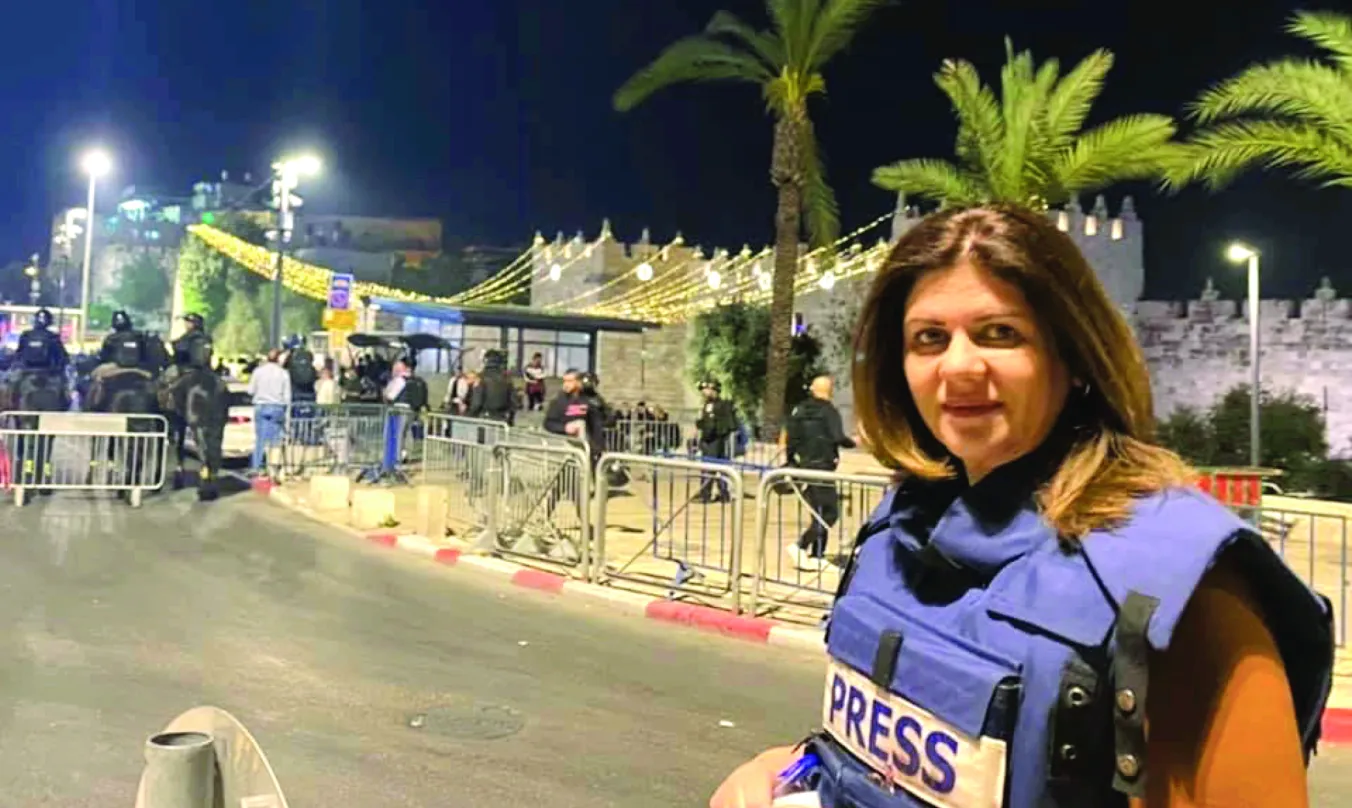
The wholesale murder by Israel's armed forces of journalists in Gaza is a cause for international concern, writes TIM DAWSON

TIM DAWSON reports from a trade unionists’ solidarity visit to Palestine, where hope for peace, despite the horrors of the conflict, remains strong
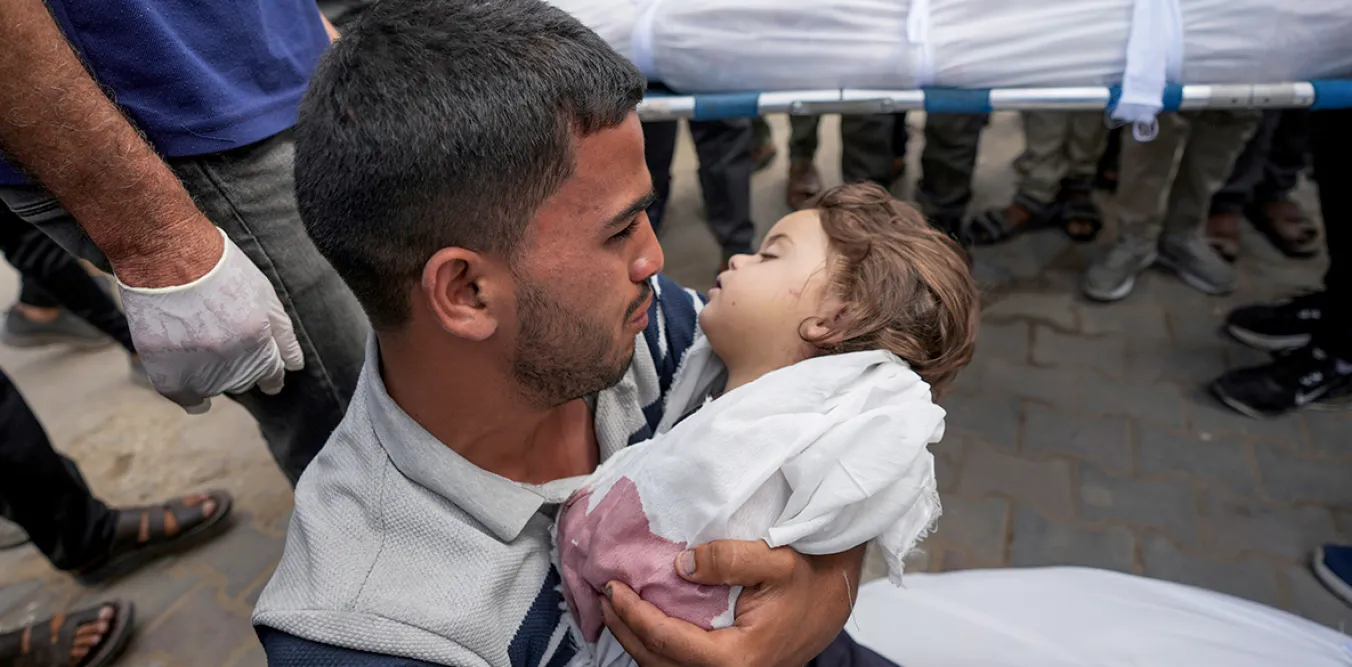
With bombing unending in Gaza and settlers rampaging in the West Bank, the ICC’s moves charge Israeli officials, though an important milestone, show no sign of changing the occupation’s genocidal course, writes VIJAY PRASHAD
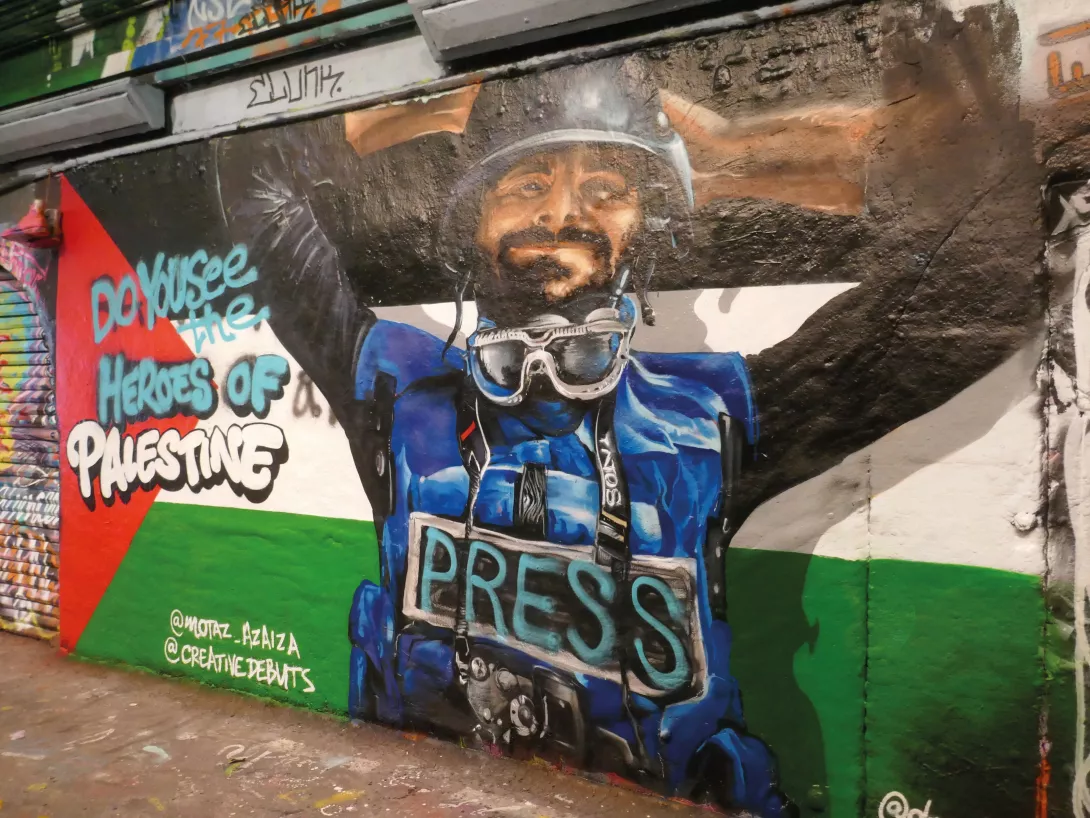
RAMZY BAROUD applauds Unesco's recognition of Palestinian journalists covering the war in Gaza and puts into context their fearless informative reporting


